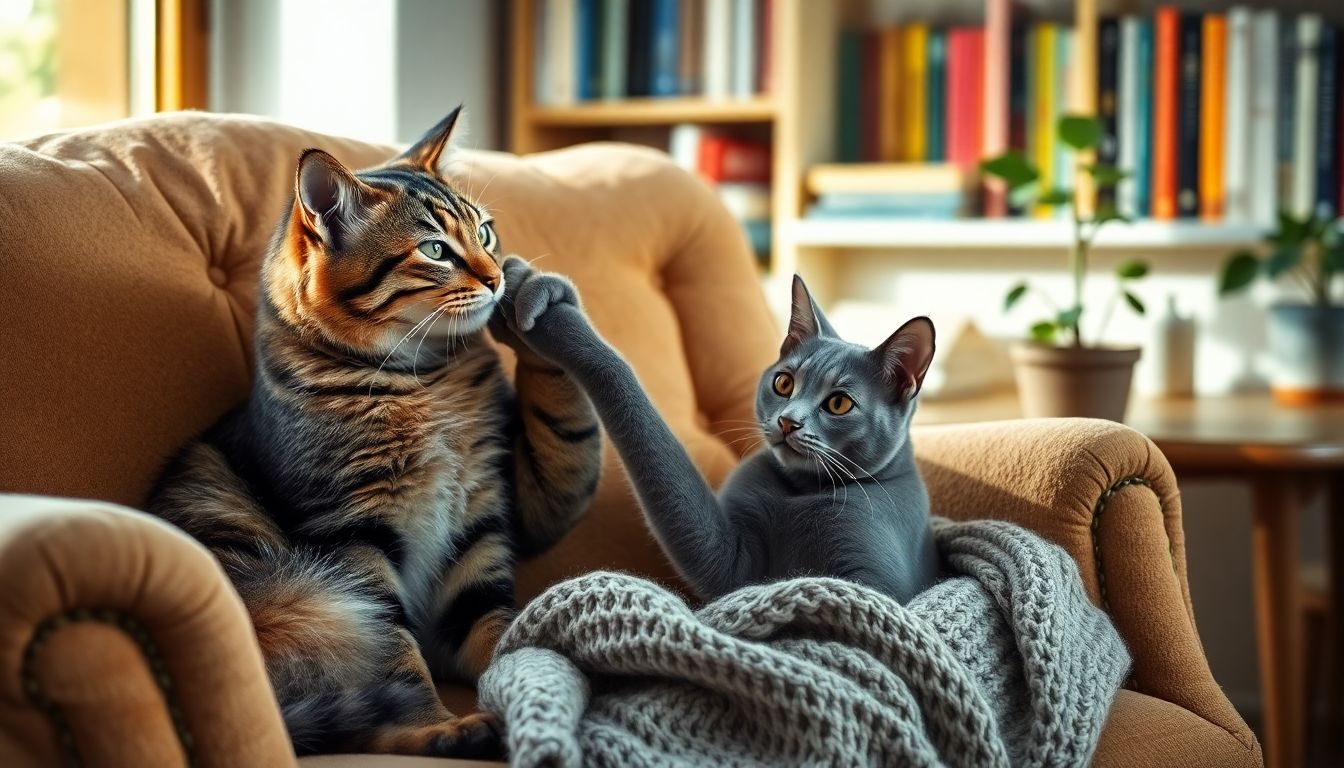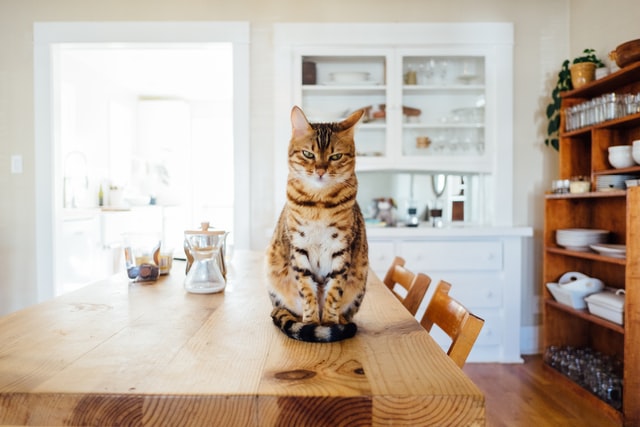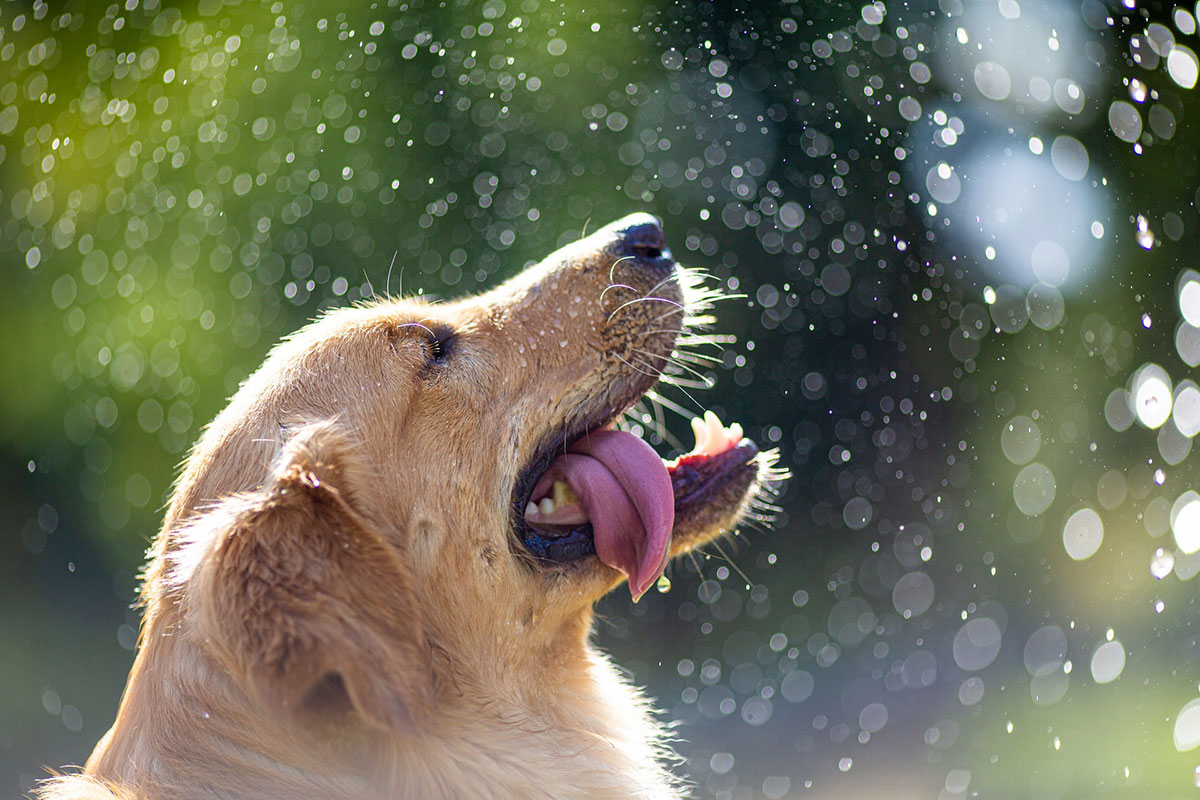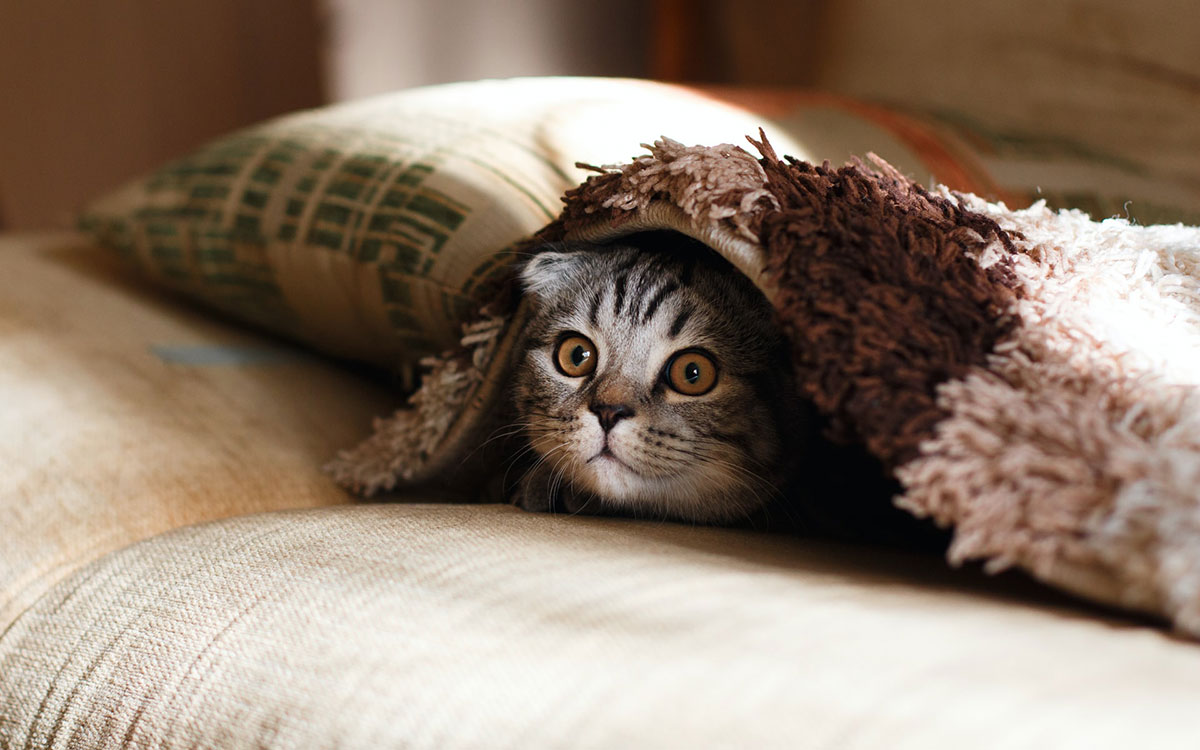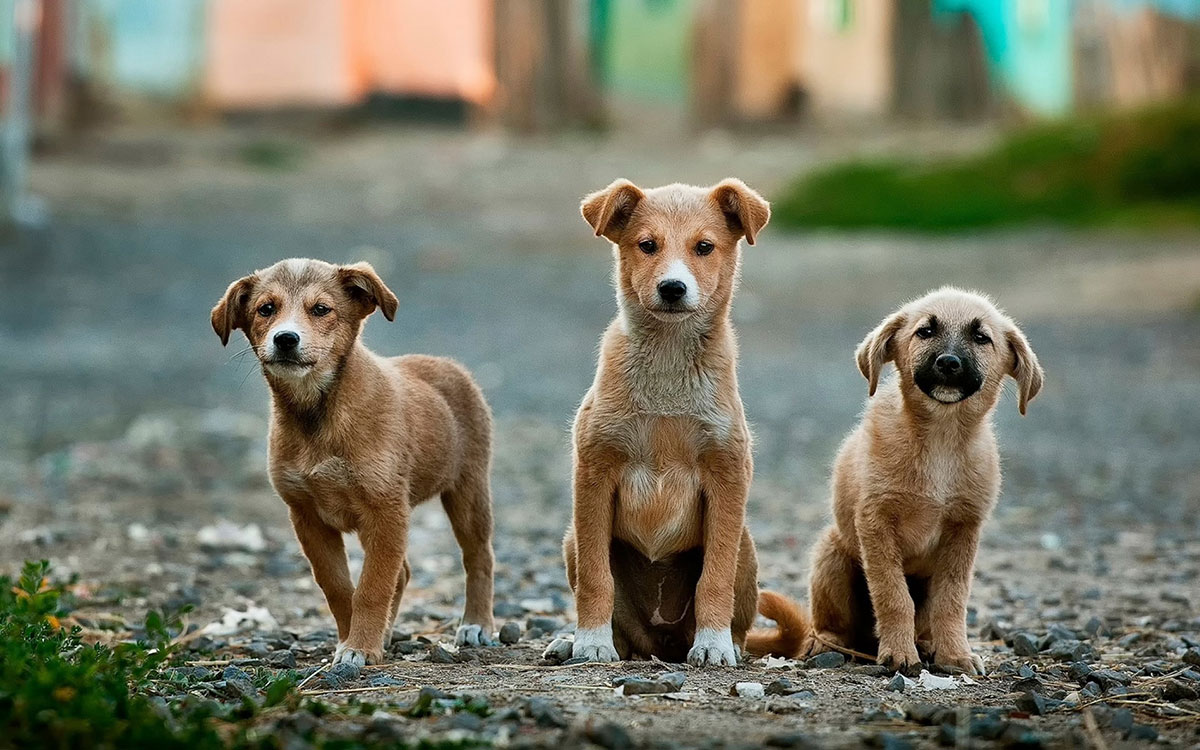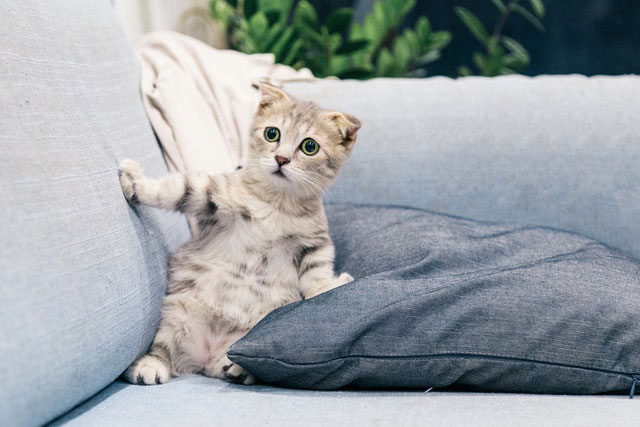Introduction
This has led one to wonder why cats push their heads against your face or curl up next to you. Cats are silent in their communication, especially when it comes to displaying love. Learning to read these slight gestures of caressing will really help in cementing that bond between you and your cat. When you know what your cat’s touch means, the relationship becomes rich and meaningful. It is much more than petting; it is a question of interpreting your cat’s signals and acknowledging its way of showing affection.
Cat-Caressing Significance
Why Do Cats Caress You?
Their ancestors used these sorts of behaviors to bond and communicate. Their gentle touches, such as bunting, rubbing, and purring, are their way of saying “I trust you” and “I feel safe here.” These caressing behaviors are an inherent part of their social communication. While those soft touches are intended to bring safety to the one they trust, caressing reinforces social bonds.
Physiological and Psychological Benefits
For cats, caressing is not only about friendship; it is an avenue to attain calm and blissful state. Touching and rubbing are ways by which cats mark territory using their scent. These relieve stress for them, particularly in new or busy environments. For owners, watching their feline melt into purring contentment while being caressed makes him or her feel an emotional bond being forged. What is more, there are feel-good hormones released in both participants.
Different Types of Caressing
Not every caressing act is alike. Some cats might gently bump into you with their heads, while others would be nuzzling and purring. There’s head bunting, rubbing, purring, and curling up next to you. Each gesture conveys a specific message. For instance, the head bump might mean, “I trust you,” while a slow blink would mean, “I love you.” Knowing the differences enables you to respond better to your cat’s mood.
Common Types of Caressing Exhibited by Cats
Head Bunting and Rubbing
When a cat applies its head against you or some object, it is called bunting. This shows friendliness. This spreads their scent and marks you as theirs. Rubbing against another animal or human shows an application of “I like you” and “You are safe.” Your cat bringing its head close to you seems to be the biggest sign of trust.
Purring and Kneading
Purring usually signals contentment or happiness. Purring occurs in cats that are relaxed and enjoying the current situation. Kneading, that is, the pressing or massaging activity carried out on soft surfaces with their paws, is a behavior carried forward from kittenhood, where kittens knead their mothers for milk. Kneading represents a state of feeling secure and loved.
Sleeping Next to You
Cats usually prefer to sleep by or on their owners, which demonstrates a healthy and deep trust in it. They can relax, knowing that they are safe enough to be fully at ease. The closeness differs with cats according to their personality. Some prefer lying next to the person, some cuddle for hours, but either way, it indicates that your cat considers you a part of this world.
Body Language and Tail Communication
A cat’s position of the tail or its body provides most information about how it must feel. A sweet tail-hug around your hand or leg would indicate endearment. A relaxed body along with slow eye closing and mild purring bears the sense of satisfaction. Thus, owning these signals may allow you to understand when your pet truly feels loved.
Encouraging and Responding to a Cat’s Affection
Build an Environment for Comfort
Place a soft blanket in a corner of your house and make a warm spot for her to get as close to cuddly as one can. You will need to set boundaries, however; remember that cats have their autonomy, and if your kitty strays away or shows disinterest, drop it. Learn how your kitty interprets situations, and switch it up accordingly.
Techniques for Positive Interaction
Start with gentle petting in those areas most cats enjoy: chin, cheeks, or behind the ear. Play with the cat before stroking it to help it relax.
Reading Your Cat’s Responses
Observe your cat’s reaction. If it leans into the touch or does a purr, go forward. If the response is twitching or any attempt at escape, stop. Though it is great fun for a cat, the overstimulation could lead to discomfort and play bites! When they do show themselves affectionate, reward their behavior with a treat and a bit of gentle praise.
Do’s of Physical Contact
- Pet gently and keep it short
- Respect your cat’s mood
- Focus on preferred areas (chin, cheeks)
Don’ts of Physical Contact
- Don’t handle sensitive spots roughly (paws, tail)
- Don’t force interaction
- Don’t ignore signs of discomfort
Understanding Feline Touch Communication
Cats have bodies to communicate. Touch brings trust and friendship. They have scent glands in their cheeks, paws, and tail and can use those to mark territory and friends. When they rub or bun, they are leaving behind their smell, which is their way of saying, “You belong to us.”
Final Thoughts
Much about a cat’s feelings can be gleaned from how it caresses. Each bump, rub, and purr is their language of love. Respect these signals; they intensify your bond. The greatest love will be showered on you when you learn to respect, wait, and be gentle. Building trust in your feline friend starts with appreciating their unique, touching language of affection.
